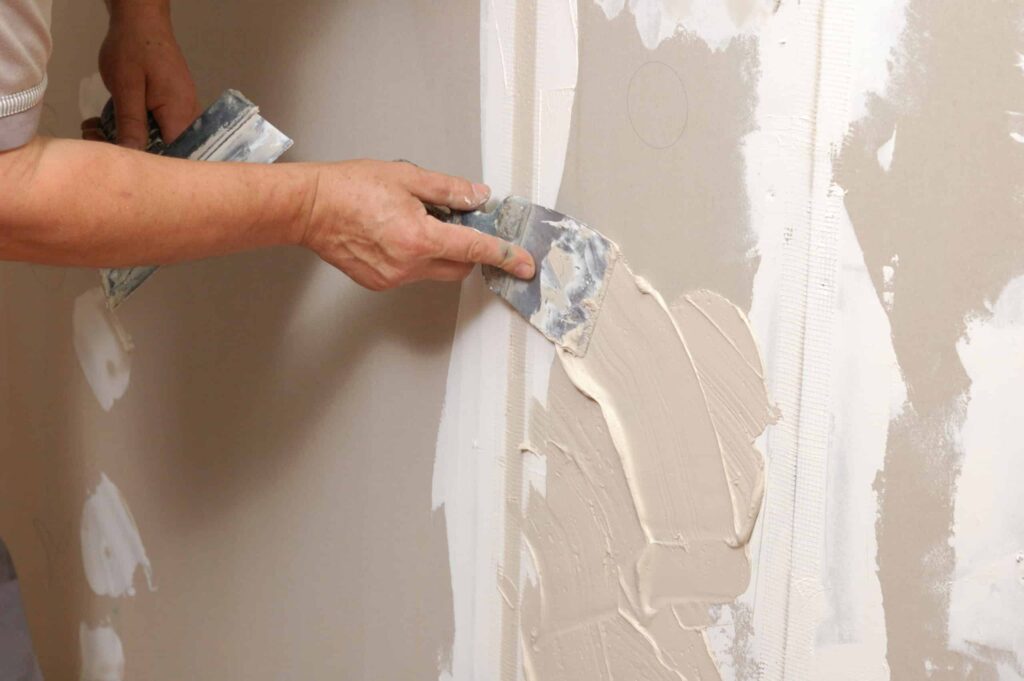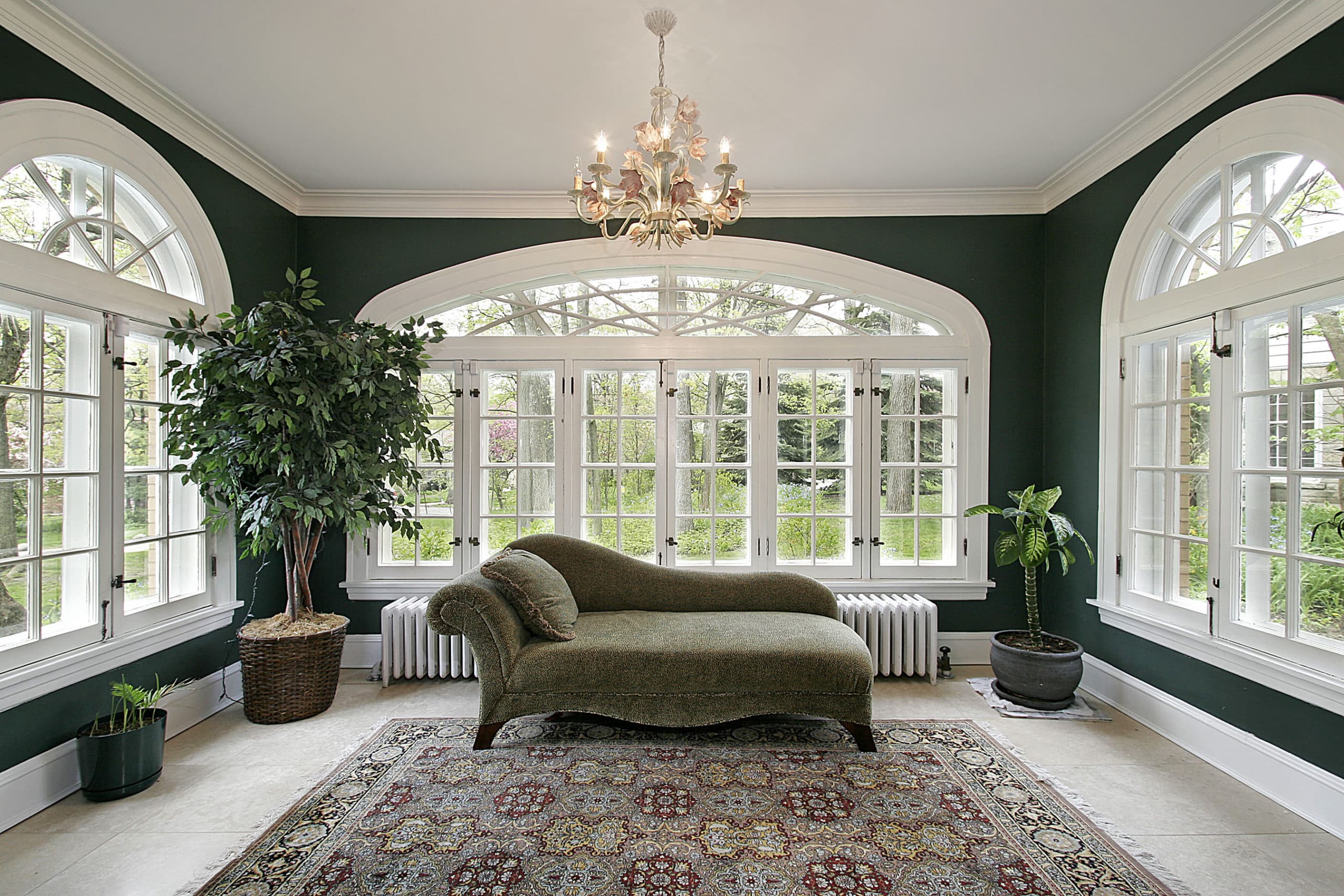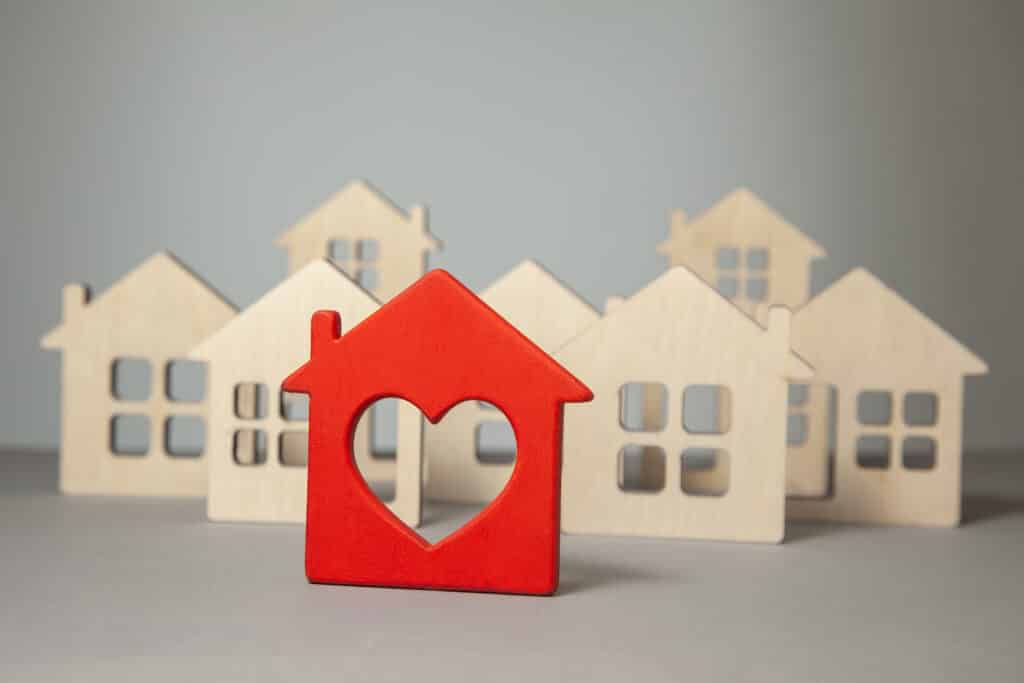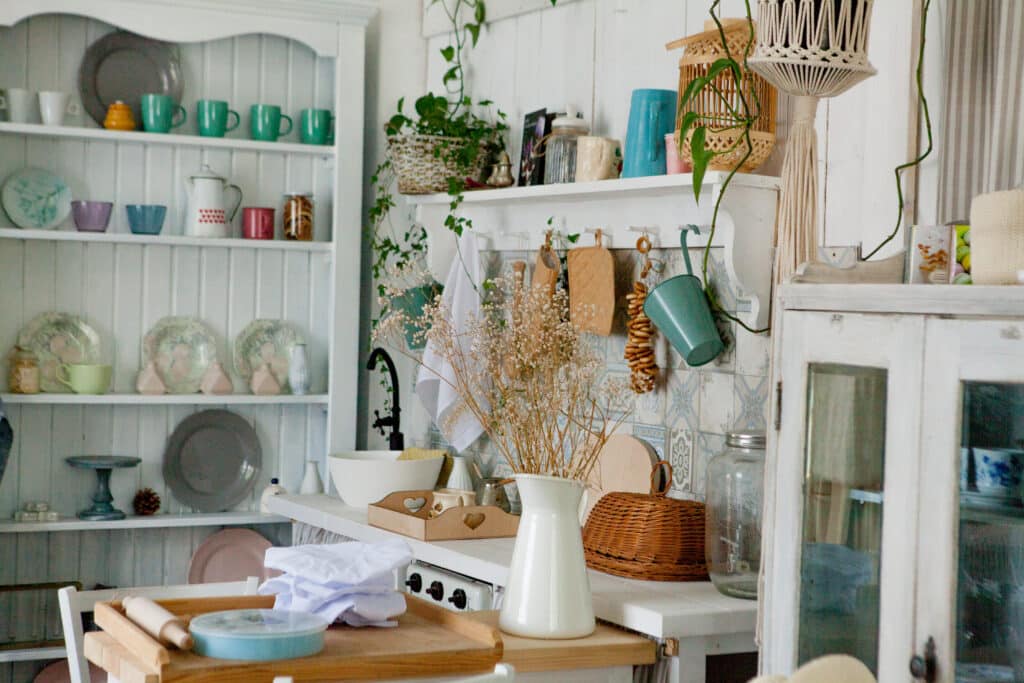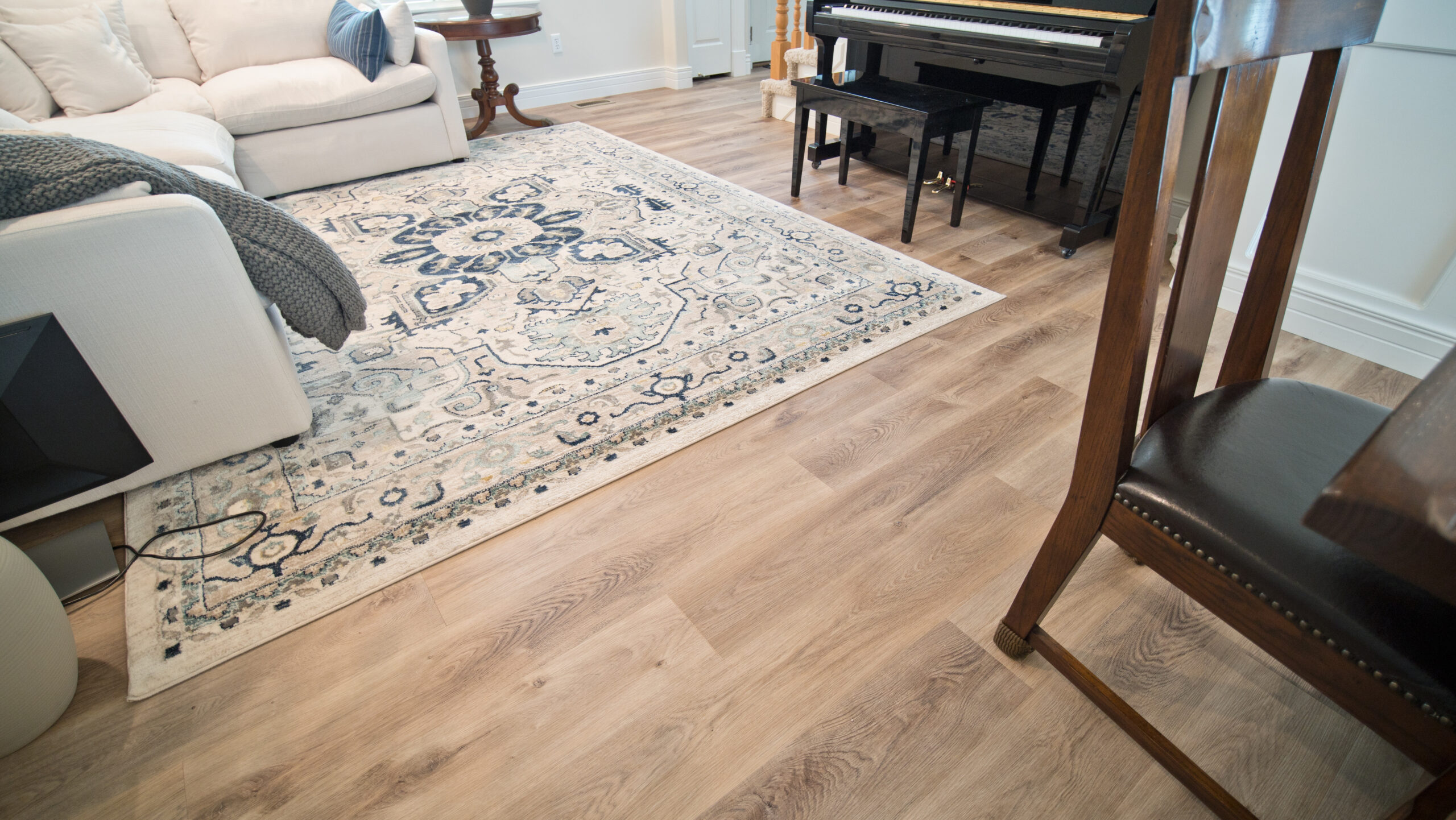
When it comes to choosing the flooring for your new home or remodel, you may find yourself overwhelmed by the numerous options. Hardwood, laminate, and vinyl are three of the most popular choices, and each one has its own set of benefits and drawbacks. Whether you want durability, affordability, or a high-end aesthetic, understanding the differences will help you decide which is the best flooring option for you and your family.
What is Hardwood Flooring?

Hardwood is a durable type of flooring made from real wood. This flooring has been used for centuries, and it comes in many different colors. Popular U.S. wood species include maple, ash, red and white oak; walnut and cherry; and hickory and pecan. There are two types of hardwood flooring: solid and engineered.
Solid hardwood flooring is a solid plank of hardwood milled into a piece of flooring. It usually includes grooves on the edges and ends so all the pieces fit together on all sides.
Engineered hardwood flooring utilizes many layers of thin veneers or sheets. These are glued together to form a type of plywood that is finished with a solid hardwood layer. This hardwood can be installed directly on concrete or most subfloor types. Engineered hardwood won’t react to moisture changes and has more stability than solid hardwood flooring.
Pros of Hardwood Flooring
- Environmentally friendly, renewable, and sustainable
- Lasts for centuries if properly cared for and can be refinished many times
- Best flooring option for a natural beauty and a rustic, timeless charm
- Increases the value of your home
Cons of Hardwood Flooring
- Higher upfront cost for materials and installation compared to other flooring
- More prone to scratches and moisture damage
- Requires more care and maintenance than other flooring types
- Not ideal for areas with high humidity because the wood can warp
What is Lamanite Flooring?

Laminate flooring is made from multiple layers of synthetic wood fiber. These layers are pressed together using high heat and pressure. This flooring replicates the look of real hardwood floors. Laminate consists of four layers. The bottom layer of laminate protects the rest of the plank from moisture and helps even out the floor. The next layer (core layer) guards against indents and additional moisture. The next layer (design layer) gives the laminate its wood-like appearance. The final layer (wear layer) is made from aluminum oxide. It is transparent and resists water, spills, fading, and stains.
Pros of Laminate Flooring
- Costs significantly less than hardwood
- Scratch-resistant, durable, and best flooring option for high-traffic areas
- Easy to install and some come with DIY installation systems
Cons of Laminate Flooring
- Can’t be refinished and must be replaced if damaged
- Not as water-resistant as vinyl and can be damaged by moisture
- Doesn’t have the same authentic and warm feel as hardwood
- Can easily chip
What is Vinyl Flooring?

Vinyl flooring is composed of several layers of different materials, usually PVC or fiberglass, pressed together to form a floor covering. The two vinyl flooring types used most are luxury vinyl tiles (LVT) and vinyl roll. They are both made from the same materials but are constructed differently to provide a unique effect.
LVT is designed to imitate natural flooring such as hardwood. Because of modern advances and enhanced design techniques, LVT can feel and look almost identical to hardwood flooring. It can come in rigid or flexible planks and is easy and fast to install. It can even be installed with your furniture still in the room.
Vinyl roll is fiberglass-cushion-backed flooring. It comes in large, flexible sheets and a limitless number of styles. It is the most affordable type of flooring.
Pros of Vinyl Flooring
- 100% waterproof and ideal for kitchens, bathrooms, basements
- Comfortable and soft
- Easy to clean and maintain
- Resistant to stains, scratches, and spills
Cons of Vinyl Flooring
- Less premium feel and doesn’t add as much value to a home as hardwood
- Sun exposure can lead to fading and discoloration over time
- Low-quality options can peel or warp so make sure to choose high-quality luxury vinyl for longevity and durability
- Like laminate, it can’t be refinished like hardwood and must be replaced entirely.
Which Flooring Should You Choose?
If you have the money for upfront costs, choose hardwood for a timeless, high-end look. If you are willing to maintain it, it will last for a very long time. If you need an affordable, stylish, and durable flooring option, choose laminate flooring. And if you want a waterproof, easy-to-maintain solution for high-moisture or high-traffic areas., choose vinyl flooring. Vinyl is best for those who have young children or pets prone to making messes.
If you want a professional opinion on what is the best flooring option for your home, give Rosewood a call, and they can help you find a perfect fit.


